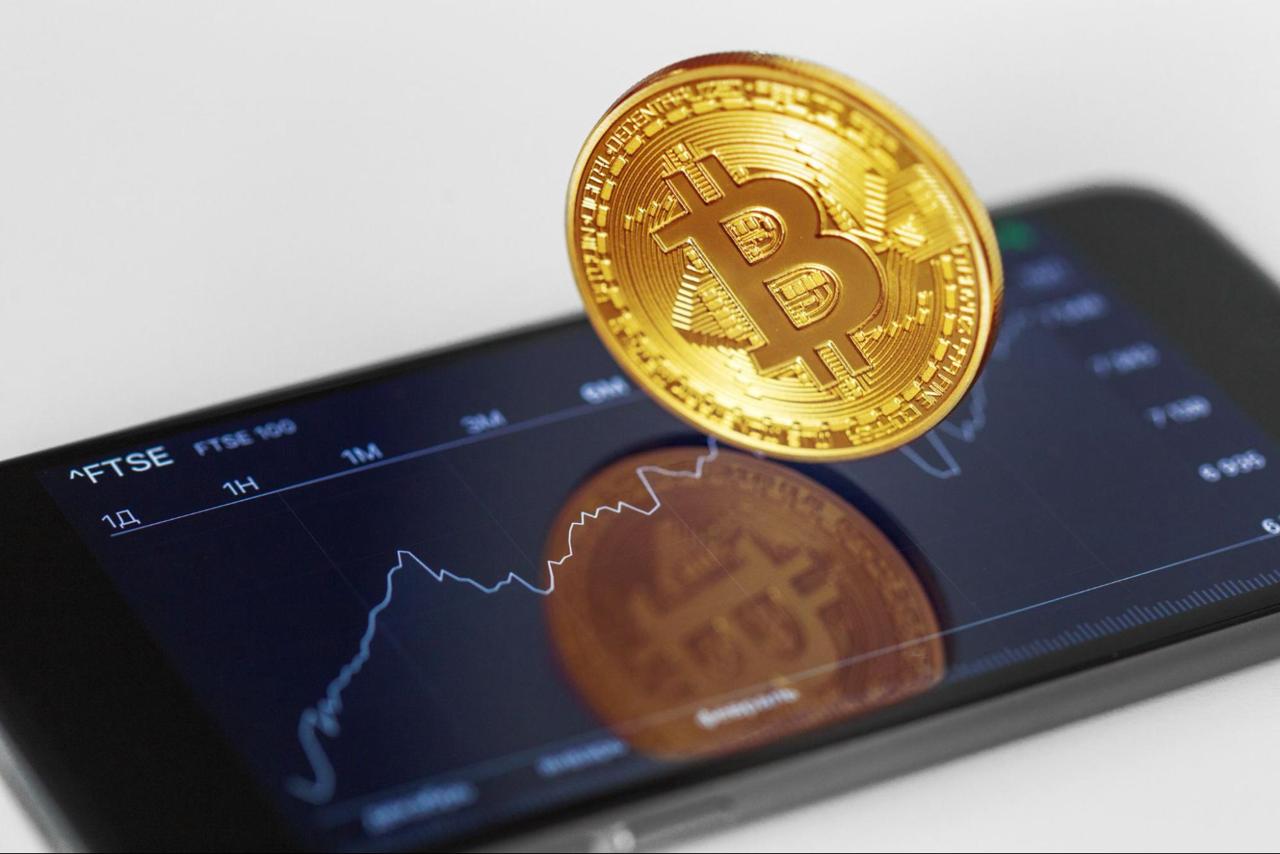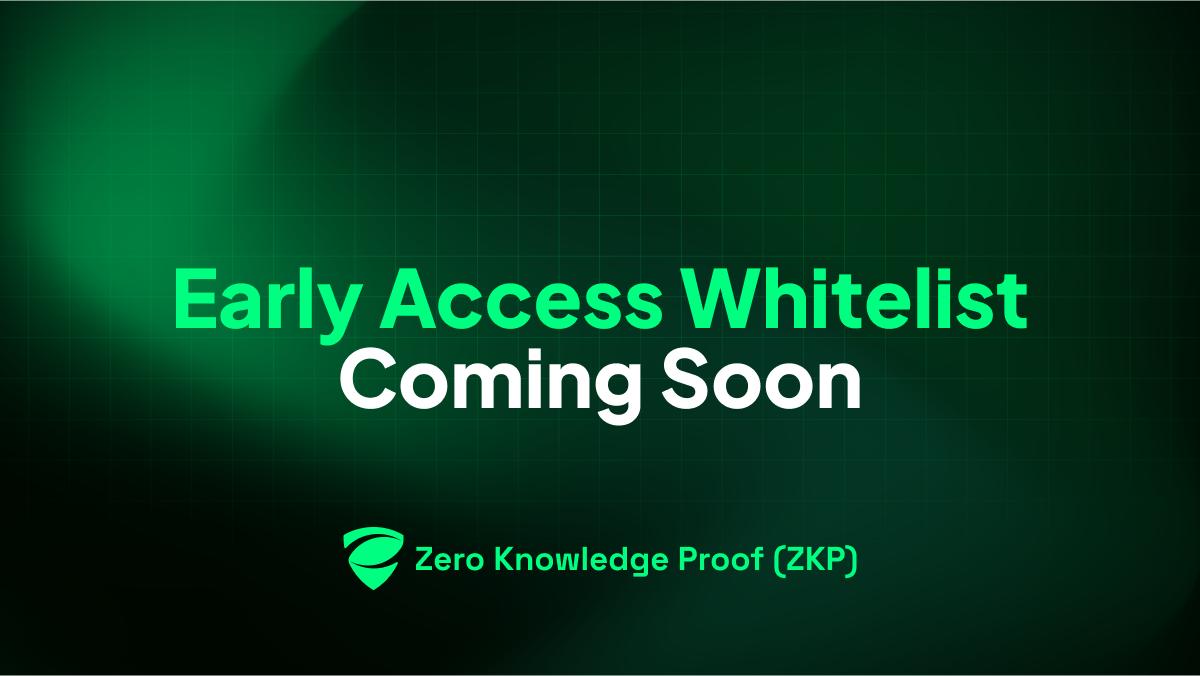Investors Take Notice as the Zero Knowledge Proof (ZKP) Whitelist Gains Steam
The Zero Knowledge Proof (ZKP) whitelist has started to capture attention within crypto circles, signaling growing curiosity about its role in the next phase of blockchain innovation. Built around a framework that prioritizes privacy, verifiable computation, and distributed intelligence, it represents a fresh direction for projects seeking to balance performance with trust. As excitement builds, conversations surrounding this whitelist are expanding across communities tracking upcoming presale crypto opportunities.
For many, Zero-Knowledge Proof (ZKP) stands out as a forward-thinking ecosystem aiming to merge artificial intelligence with decentralized compute. The structure of its whitelist has become a key discussion point, not only for its timing but for what it suggests about the evolution of privacy-focused blockchain systems. Investors and analysts alike are beginning to connect the project’s approach to larger trends shaping data sovereignty and next-generation distributed AI models.
Redefining Value Through Verifiable Compute
One of the defining aspects of Zero Knowledge Proof (ZKP) lies in its commitment to verifiable computation. The ecosystem introduces a dual model of consensus that integrates computational intelligence and decentralized storage into one cohesive system. This setup ensures that every contribution, whether computational or spatial, is measurable and rewarded, setting the foundation for a network that values verified input over speculation.
This merit-based architecture aligns with broader expectations in blockchain development, where transparency and accountability are increasingly seen as prerequisites for success. By creating a system where performance and trust are mathematically verifiable, the zero knowledge proof blockchain distinguishes itself in a market that often struggles to balance speed and reliability.

These principles have positioned the whitelist as a focal point for early adopters who see it as more than just an entry event. To many, it represents a gateway into a network that aims to redefine how AI workloads are processed and validated, while preserving the confidentiality that modern digital ecosystems require.
A Growing Preference for Privacy-Centered Networks
Privacy has become a cornerstone of investor discussions, and Zero Knowledge Proof (ZKP) integrates it as a fundamental feature rather than an afterthought. Using cryptographic proofs, the network verifies computations without revealing their underlying data, allowing participants to maintain full control of their proprietary information while engaging in collaborative environments.
This privacy-first model aligns with the changing tone of the crypto community, where users increasingly demand networks that respect ownership while maintaining open validation mechanisms. As a result, the whitelist has become symbolic of a larger market trend: the move toward decentralization that safeguards both efficiency and personal data integrity.
The anticipation surrounding this whitelist reflects more than excitement about an upcoming presale crypto, it reflects the growing appetite for legitimate, function-driven blockchain systems that operate on principles of transparency, fairness, and data protection. These elements have elevated Zero Knowledge Proof (ZKP) into discussions about which legit presale crypto projects could meaningfully influence the industry’s future direction.
Building Momentum in a Crowded Market
Momentum around the Zero Knowledge Proof (ZKP) whitelist continues to grow as more investors and analysts recognize its strategic positioning within two fast-evolving spaces: blockchain infrastructure and artificial intelligence. Its combination of distributed compute and verifiable storage has given the project a narrative edge, allowing it to stand out in a market saturated with short-term presales that lack technological depth.
Community sentiment suggests that this whitelist event is gaining traction for reasons beyond simple token interest. Many see it as a validation of a broader movement toward building privacy-protected ecosystems capable of supporting complex digital operations. This, coupled with the project’s dual-consensus design, strengthens its reputation among those evaluating legit presale crypto launches for long-term potential.

The inclusion of a decentralized data marketplace adds to the buzz. Designed to allow users to share or monetize AI models without exposing raw datasets, it introduces an economic dimension that complements the network’s technical depth. This combination of privacy, performance, and accessibility has positioned Zero Knowledge Proof (ZKP) as one of the more closely followed developments in current presale discussions.
With these dynamics unfolding, the whitelist represents more than an administrative milestone, it signals growing market confidence in frameworks that prioritize verified utility over short-lived hype.
Closing Analysis
The rise in discussions around the Zero Knowledge Proof (ZKP) whitelist reflects a growing alignment between blockchain’s technical evolution and investor expectations. By focusing on verifiable computation and privacy-first design, the project has managed to secure attention from both the crypto community and those tracking the broader intersection of AI and decentralization.
As the presale phase approaches, the excitement surrounding this whitelist suggests strong confidence in the project’s vision of merging efficiency, equity, and confidentiality within one network. With its foundation rooted in the zero knowledge proof blockchain model, Zero Knowledge Proof (ZKP) crypto continues to capture the attention of those searching for upcoming presale crypto projects that offer genuine innovation and long-term promise in the legit presale crypto landscape.
Find Out More At:
https://zkp.com/
This publication is sponsored. Coindoo does not endorse or assume responsibility for the content, accuracy, quality, advertising, products, or any other materials on this page. Readers are encouraged to conduct their own research before engaging in any cryptocurrency-related actions. Coindoo will not be liable, directly or indirectly, for any damages or losses resulting from the use of or reliance on any content, goods, or services mentioned. Always do your own research.
The post Investors Take Notice as the Zero Knowledge Proof (ZKP) Whitelist Gains Steam appeared first on Coindoo.
También te puede interesar

Where Is Marcela Borges Now? The Horrific True Story Behind ‘Terror Comes Knocking’

Solana Company could acquire more than 5% of SOL supply and pursue a Hong Kong secondary listing

